Apple cider vinegar and Aztec Secret Indian Healing Clay are two budget-friendly, cult status beauty products that work beautifully together. Why are they such perfect partners? Well… it’s got something to do with the magic known as pH.
What is pH?
pH is a measure of acidity or alkalinity – the amount of hydrogen ions (H+) in something. It’s a log scale, which means something with a pH of 1 has 10 times the H+ of something with a pH of 2; something with a pH of 2 has 10 times the H+ content of something with a pH of 3, and so on. So if you dilute something with a pH of 3 by a factor of 2, you don’t end up with pH 6 (you actually end up with pH 3.3).
For a more in-depth discussion on pH, check out my earlier post here.
Apple cider vinegar (ACV)
Vinegar is produced from alcohol by acetic acid bacteria. These bacteria basically eat alcohol and poop out acetic acid, the chemical which gives vinegar its sour flavour and its low pH.
Apple cider vinegar, as you might’ve guessed, is acidic. The exact pH will vary a bit between brands, and between batches. The last inch of my Bragg’s Apple Cider Vinegar sits at about pH 3-4 (ACV is usually cited as pH 4-5, so mine is a tad stronger (possibly due to it continuing to ferment in the bottle – it’s been open for a fair few months).
Your skin is at around pH 5. While there are lots of skincare products with low pH – BHA treatments, for example, have to be at pH 3-4 to work – low pHs can irritate sensitive skin, and it’s a good idea to let it adjust slowly and use diluted mixtures of ACV. It’s also a good idea to spot test before using undiluted compresses of ACV to treat pimples – ACV’s low pH level can cause chemical burns and scarring.
Aztec Secret Indian Healing Clay
Passing over the awkwardly pre-PC product naming, Aztec Secret Indian Healing Clay is a green calcium bentonite clay and is probably one of the best value clays on the market – a 1 pound tub will set you back $6 on iHerb (and there are frequent discounts too – you can use my code NUD131 for 10% off on your first purchase, if you haven’t been sucked into the deep iHerb hole already, and it gives my more spending credit to sink further into the hole! Mutual enabling = the best kind of enabling).
I’m a bit weirded out by how the makers of the product seem to think “feeling your face pulsate” is the main selling point of this product, and I loathe having the word “impurity” in skincare marketing, but I love this product so much I’m willing to gloss over it.
The instructions specify mixing the clay with equal parts of raw apple cider vinegar or water. What happens in each case?
Mixing the clay mask
I placed 1 teaspoon of clay in each bowl, and added 1 teaspoon of water to the bowl on the left, and 1 teaspoon of ACV to the bowl on the right. You can already see a big difference – the puddle of water on the left looks like it’s keeping its distance from the clay, while the puddle on the right is happily mixing away.
Interestingly, adding apple cider vinegar to the clay made it immediately fizz like mad:
Fizzing like mad is a telltale sign of a chemical reaction – specifically, one that uses up the H+ ions that make acids acidic. We can check this with some handy pH paper:
Water with clay (lumpy mess on the left) has a pH of about 8, while ACV with clay (smooth paste on the right) has a pH at a much more skin-friendly, acid mantle-preserving 5.
(Pro tip: when measuring the pH of something that’s not going to interact well with pH paper, you can sprinkle a few drops of water on top, roll it around for a while to let the H+ ions diffuse into the water, then test the water on top. This works with things that will smear all over the paper like clay masks, as well as other things like oil-only creams which don’t really have any free H+ ions floating around, but will the moment it hits something watery like your skin.)
So there we have it – ACV straight from the bottle is likely to be too acidic (low pH) to slap straight on your skin, and Aztec Clay is too alkaline (high pH), but you can mix them to essentially cancel each other’s pHs to a happy middle ground. Additionally, they mix together so much smoother and save you a lot of hair-tearing lump-mashing. Happy masking!
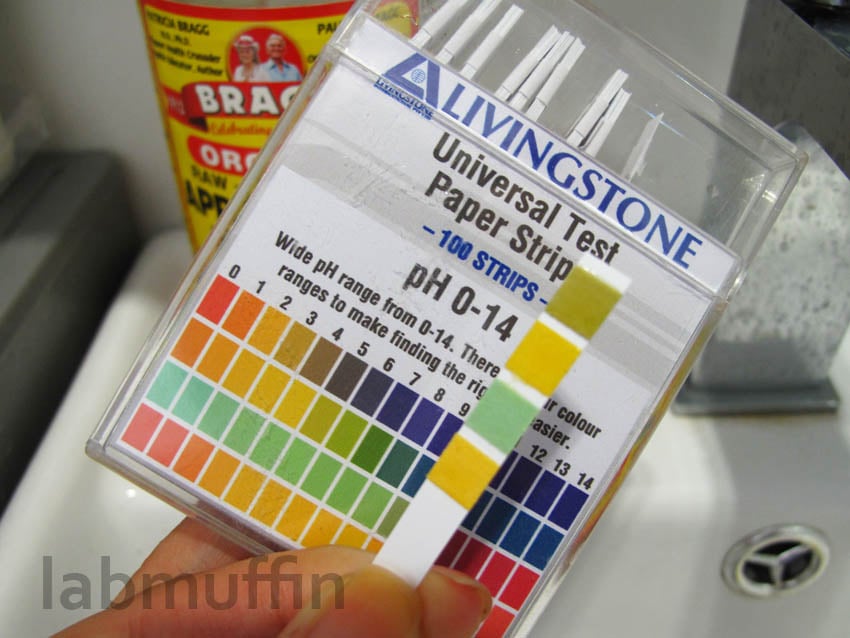
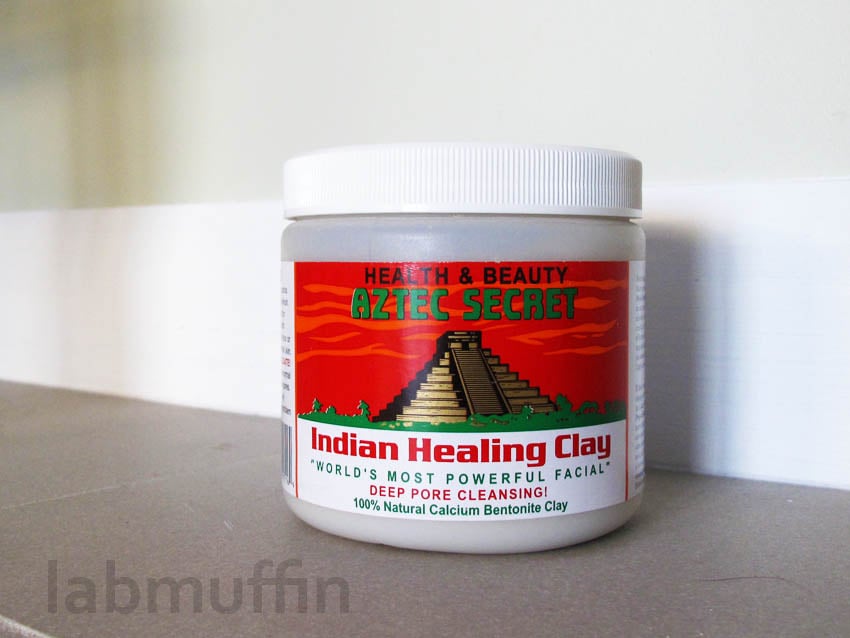
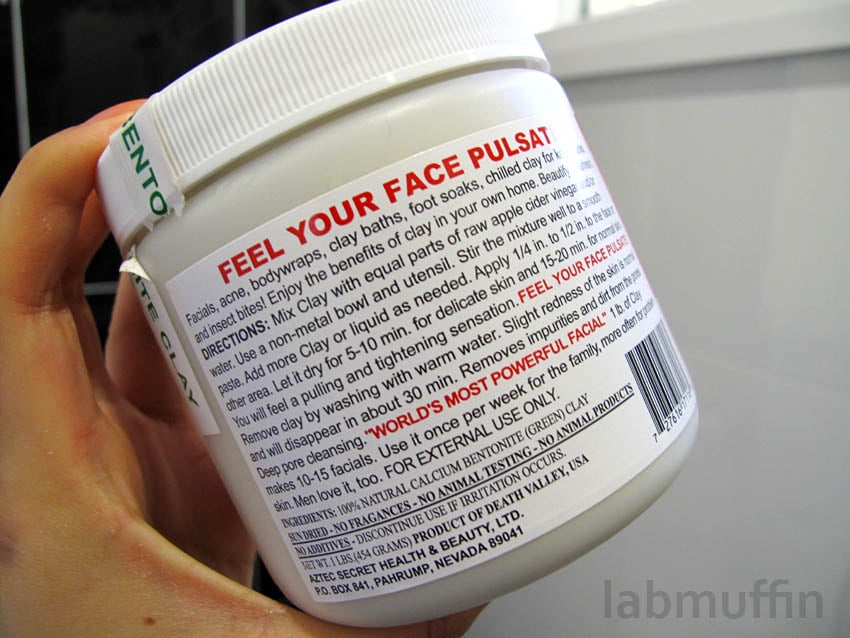
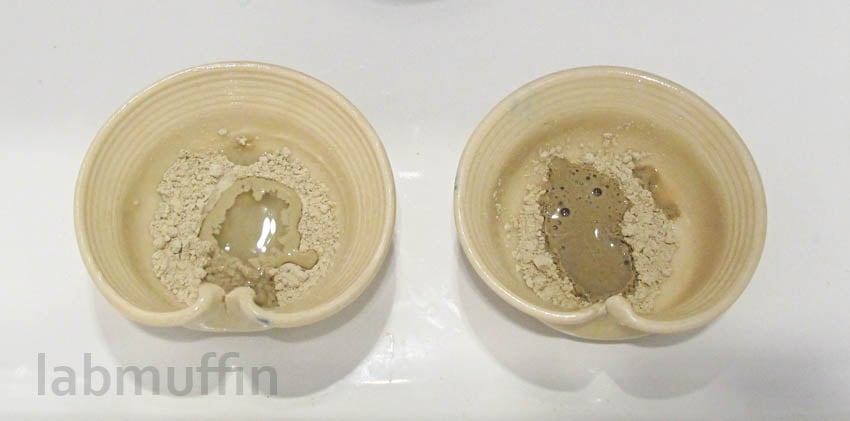
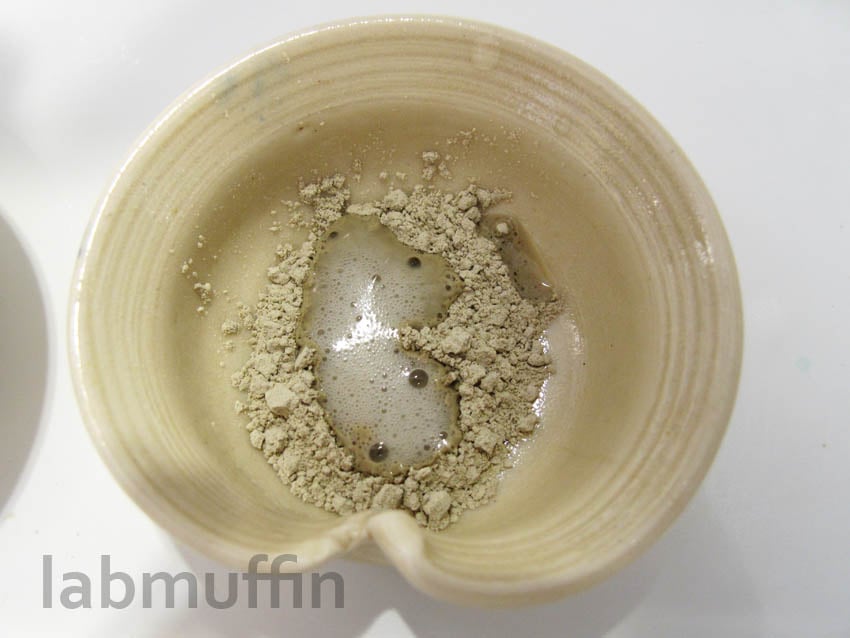
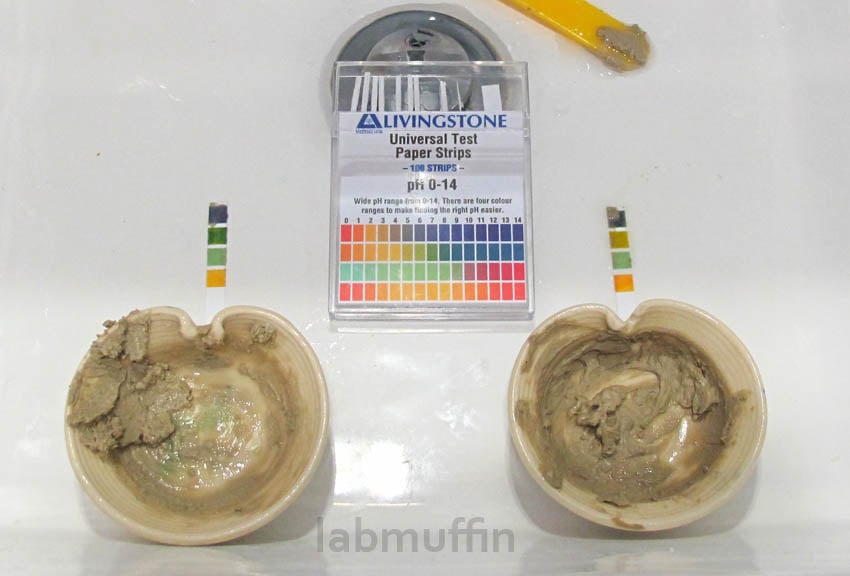




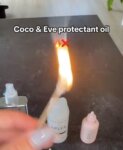
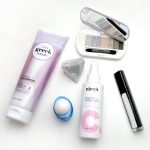
so did your face pulsate?
It did. AND I LOVED IT.
I have sensitive skin and it says on the back of the box that raw acv is to be used ,can I still use raw acv or should I use diluted acv?
IF you’re mixing it, raw should be fine since a lot of it reacts with the clay (essentially it turns into dilute ACV). But if you’re concerned or you find that it’s too irritating, adding some water should help!
What does the clay do for your skin?
Haha, very informative post! I’m quite glad that I understood all that stuff about pH haha 🙂
Tasha // shiwashiful.
Exactly the information I was looking for. Using the clay to cleanse my hair and will definitely try mixing w vinegar next time. I used water to mix it today and conditioned with an acid (black tea) afterwards, but my hair feels rather dry now. I will try vinegar next time. Thanks 🙂
Another plus – acid closes the hair cuticle, which makes it feel smoother and less dry. ACV is much more acidic than black tea 🙂
Really informative article–I totally would’ve mixed my mask with water, so yay for science! 🙂
I was wondering regarding Kaolin clay… does water + Kaolin also have a high ph? Will mixing ACV into a Kaolin mask lower the ph of it?
I actually don’t have any raw kaolin so I’ve never tried, and I can’t recall ever reading anything on it, sorry!
Thanks a million. I’ve been scouring the net trying to find the ph of Bentonite clay mixed with acv. I’m pretty OCD when it comes to the ph of things I put on my skin.
pH strips are awesome, I have a stash on hand for checking the pH of everything! You can grab them on Amazon or eBay 🙂
And all this time I was mixing my benotine clay with water! Cant wait to try this with ACV instead and see the results! Thank you so much for posting this!
Yay happy to help! Hope it works well for you! If you hate the smell, you can also use citric acid (click for recipe).
Can you explain a little more about your “Pro Tip” above?
If you need to measure the pH of something really goopy or coloured, you can measure it indirectly by measuring the pH of water that’s in contact with it instead.
Do you think it’s ok to store leftovers of this mask if it’s made with ACV? I’m guessing there’s little chance of bacterial growth, due to the presence of vinegar, but I also wonder if it might change in some other way once it’s stored.
I think it’s OK, but it might harden and get difficult to use!
Thanks, Michelle.
I’ve found that if I add extra vinegar before storing, it stays loose enough to use. It’s really handy to have a little bitty pot of it already mixed. I use it on acne for its drawing power.
I’m wondering if the Ph would change over time? I could get some of those strips and check it.
Do you think it would leach anything from plastic if stored in one of those little screw-cap jars from the dollar store?
Hmm, leaching could be an issue! I don’t think anything food-safe should leach at the pH of the clay mask though.
OK. Good to know!
There is inorganic lead in bentonite. However I’ve read it’s “bound” chemically to negative ions making unlikely to be absorbed by the body. A strong acid can make it “unbound” which creates the possibility of absorption of lead. I am looking for someone to address why vinegar is so important. Doesn’t this create a lead poisoning hazard?
I have questions. Can I use this everyday in place of my scrubs? Scrubs/physical exfoliators worsen my acne I notice 🙁
Also, as regards exfoliation. Can I just use chemical exfoliators instead of physical? I don’t really have sensitive skin but I tend to overexfoliate sometimes without me noticing it and the next thing I know I get breakouts LOL.
Thanks. I love your blog so much because I feel 1% smarter lmao
Hello!
This is super helpful, thank you!
Do you moisturize after a mask? I have Aveda liquid lotion that is kind of like a toner and then a moisturizer. Should I use them?
By the way, I have oily combination skin.
Thanks!
Nicole
I always moisturise afterwards 🙂
Thank you so much. I’ve been trying to find a review with any real level of science or merit. I had no luck until I found your post!
i used this Aztec mask before and it did fizzed up, but when i repurchased it, it didnt fizz up when i used acv,and i havent used any Metal utensils, does this mean i got a fake knock off?
Thank you so much, this is exactly what I was looking for. I just bought this today and was hesitant to use ACD on my face. Glad to know it’s safe in this instance.